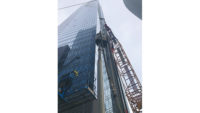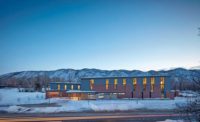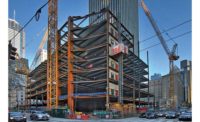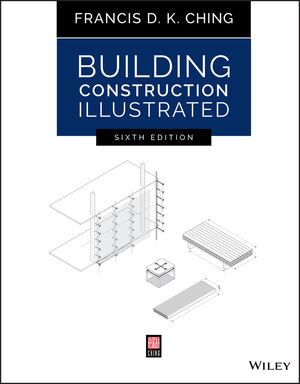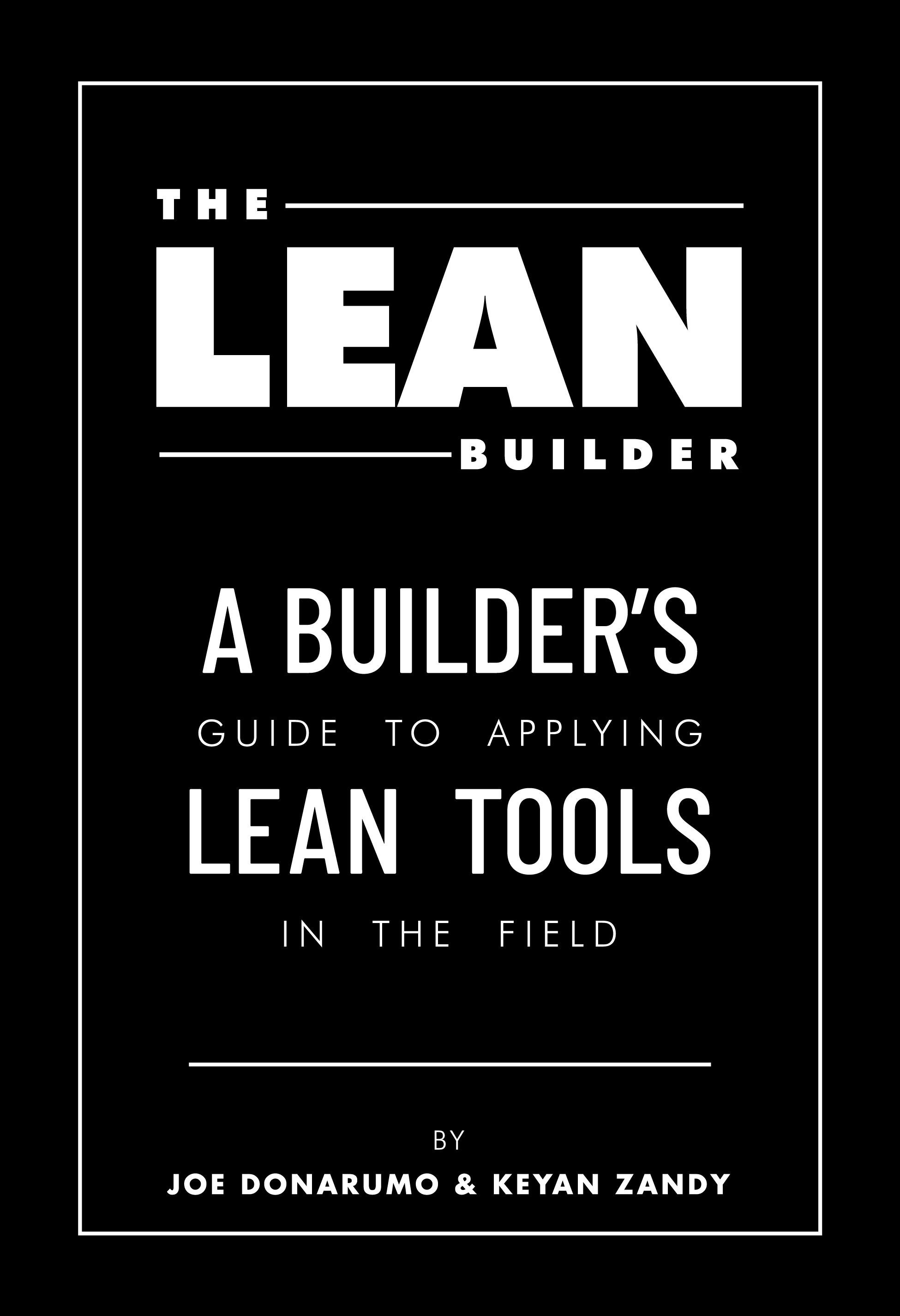Research and Development
AISC Sets Sights on Slashing Delivery Time for Steel Structures
SpeedCore leads the way in the group's ambitious Need for Speed campaign

The 19-story 200 Park Avenue project in San Jose, Calif., is taking SpeedCore to the next level by eliminating most of the spray-applied fire protection.
Photo by Level 10 Construction
SpeedCore. SpeedFloor. SpeedConnection. Speedier bridges. The American Institute of Steel Construction has created its own race against time, which AISC unabashedly admits is ambitious. The group is using its double identity as a structural steel booster and a technical organization to fund the development of tools to help building teams halve the time it takes to deliver steel buildings and simple steel bridges. And they hope to accomplish the 50% time reduction by 2025.
It’s a “big audacious goal,” said Kevin Huber, AISC’s director of research, during the group’s Oct. 27-29 Flash Virtual Steel Conference, which had 1,000 registrants.
Only time will tell whether AISC’s Need for Speed campaign, kicked off in August 2019, will be successful. To date, the group has invested $890,000 in R&D—$650,000 for buildings and $240,000 for bridges. Additional funding from others, including the Charles Pankow Foundation, the Steel Institute of New York, the Steel Deck Institute and Atlas Tube, total about $275,000.
“We will continue to fund the various efforts to the greatest extent possible” through 2025, says Huber.
SpeedCore, AISC’s moniker for a high-rise shear-wall system of sandwich modules composed of tied steel plates field-filled with zero-rebar concrete, is furthest along. Structural engineer Magnusson Klemencic Associates pioneered the system in Seattle on the 850-ft-tall Rainier Square Tower, which opened last year.
MKA got approval to use the system in Seattle before AISC’s involvement, largely based on research at Purdue University funded by the Charles Pankow Foundation. The system of prefabricated modules, welded together in the field, cut the time it took to erect the building’s frame by more than 40%, compared to a concrete core with a perimeter steel frame.
Second Use of SpeedCore
MKA’s second use of SpeedCore, also field-welded, is on the 19-story 200 Park Avenue office building in San Jose, Calif., underway by Level 10 Construction. The building is expected to top out by the end of the year, instead of early this coming February as first planned. Thanks to more research primarily funded by AISC and Pankow, it is taking SpeedCore to the next level by eliminating field-applied fire protection on both sides of the wall panels, except in a 3-ft zone at the beam/girder-to-wall connections.
To eliminate the code-required fire protection, the 200 Park design team had to get approval from the city. “We met with the authorities and presented the research results from Amit Varma’s team at Purdue,” says Ron Klemencic, MKA’s chairman and CEO. In addition, SLS Consultants provided some supplementary analysis focused on the beam-wall connection performance, he adds.
The aim is to eliminate all fire protection on SpeedCore. “We are back at Purdue … to investigate design upgrades” which would also eliminate protection at the beam-wall connections, says Klemencic. That research is on course for completion in 2023.
While SpeedCore is not catching on quickly, MKA is finalizing the design of a third SpeedCore building, for Boston Properties. Called 171 Dartmouth, it is for a site in Boston. Turner Construction Boston is the general contractor and Thornton Tomasetti is the structural peer reviewer. MKA also is advancing the design of three other SpeedCore office towers in Oakland, Calif.
Bolted Field Splices
A hesitation on the part of some steel erectors is the field-welding involved. A version of SpeedCore is coming, thanks to research at the University at Buffalo and Purdue, that has bolted field splices in lieu of field-welding. “We intend to use bolted splices on the Boston project and this research will back up our design,” says Klemencic.
AISC expects to publish a SpeedCore design guide next year and include the system in the 2022 edition of the AISC Specifications and Provisions.
SpeedCore inspired SpeedFloor research to eliminate the steel frame’s standard floor system of concrete topping on metal deck. In Seattle, the floor operation couldn’t keep pace with the core, said Huber.
For SpeedFloor, AISC and Pankow expect to finalize a research contract by year-end. MKA has developed two modular floor concepts—one for offices with 40-ft spans that uses steel plates on beams, and the other for residential buildings, with 20-25 ft spans, that involves two layers of metal decking topped by fiber cement board.
Intumescent Paints Applied Offsite
AISC also is funding fire protection research for intumescent paints applied offsite. And there is research, expected to conclude in mid-2024, on optimizing rolled asymmetric shapes—where the top flange is larger than the bottom flange. “This will help reduce floor-to-floor heights,” Huber said.
SpeedConnection is aiming to reduce connection time. “We are looking at common connection types and determining what we might be able to do to speed up the overall process, with a focus on connections that are quicker to erect in the field,” says Huber.
Another Need for Speed project, for fabricators, involves augmented reality and smart glasses to assess connection details by overlaying models on physical pieces, with the goal of reducing requests for information.
AISC also is publishing design tools for speedier steel bridges, with the goal of developing a national design standard for simple I-girder bridges. Coming early next year is the Guide to Executing an Effective Bridge Project. And research is underway for a reference manual for the design, detailing and maintenance of uncoated weathering steel.
In mid-2023, AISC plans to publish Standard Designs for Straight Steel I-Girder Bridges. Huber calls it an “IKEA catalog for bridges that would dramatically reduce design time.”



